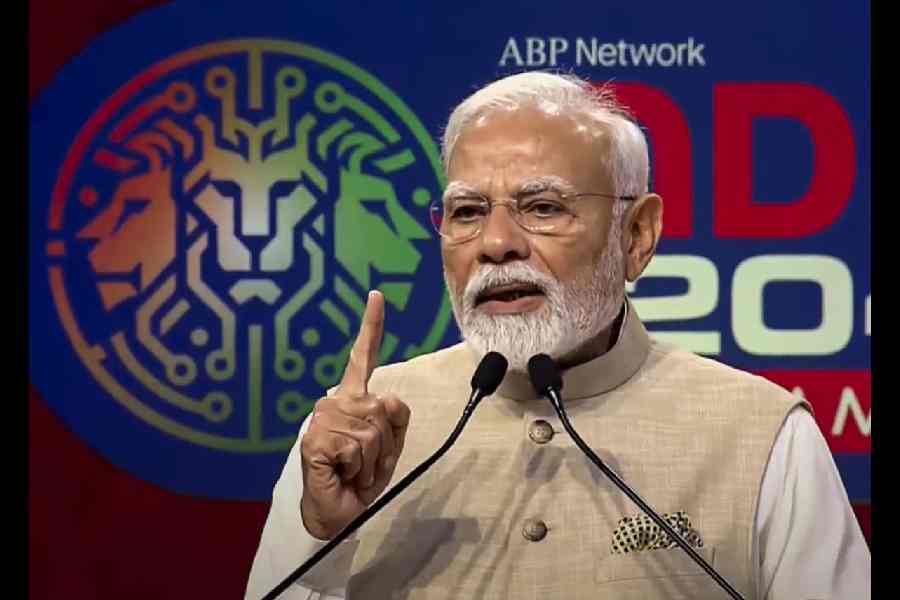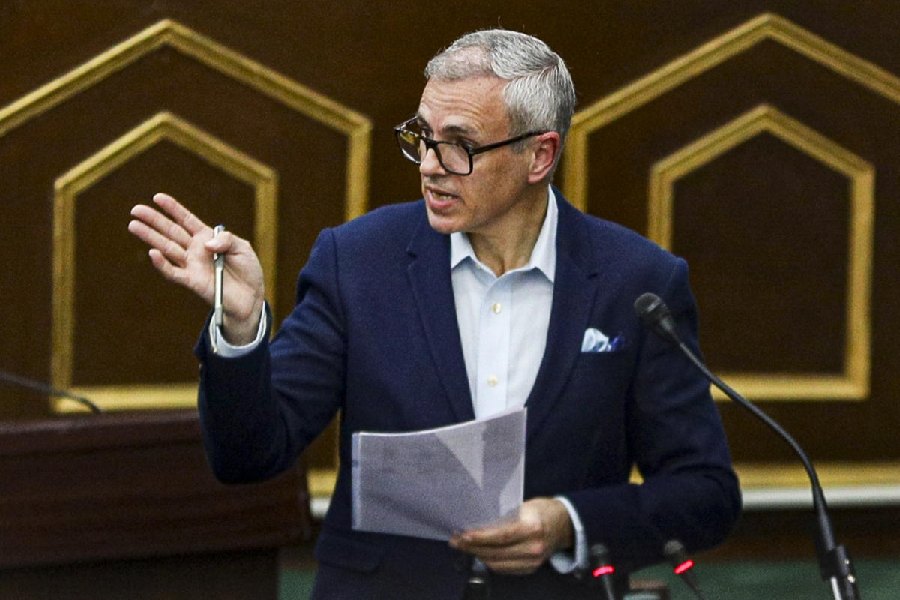
Guwahati: A pre-10th century stone inscription in Yunnan province of China could provide a vital clue to the origin of the Assamese language as a separate and independent entity, which, historians say, could help the inclusion of the Assamese script in a separate slot of the UN-based Unicode Consortium.
Anjon Hazarika, an executive member of Kamrup Anusandhan Samiti, a historical society founded in 1912 and of which renowned historian Edward Gait was a patron, has called for an urgent dispatch of researchers to Yunnan to study the rock inscriptions and bring it to Assam using diplomatic channels between India and China before it gets destroyed by man-made or natural calamities.
Eminent epigraphist Dharmeswar Sutia had chanced upon the rock inscription in the mid part of last decade and spoken about it to a few fellow experts and heritage aficionados.
But before he could further explore the matter and provide an in-depth analysis on the inscription, he passed away.
Anjon said the veracity of the inscriptions captured by Sutia through photographs was ascertained by linguist Bisheswar Hazarika and other experts such as Ashok Sharma and Hemen Bhuyan.
"When we are talking about inclusion of Assamese script in a separate slot of the Unicode Consortium, the Yunnan rock inscription should be looked at with outmost importance. I urge the state government to send a team of experts to Yunnan to study the inscription. Besides, India should take up with China, through a diplomatic channel, the matter of bringing back the inscription to Assam. This could be a combined effort of the State Museum and Kamrup Anusandhan Samiti," Anjon said.
Stressing the need to further compare and study the inscription, Bisheswar said, "If even one letter of the inscription is identified, it will corroborated with other evidence related to the historical origins of the Assamese language and its script."
Avinibesh Sharma, a young history chronicler, said, "If one closely inspects the photograph of the rock inscription, it is clearly a resemblance of Assamese script. The Assamese ' ro' with its belly cut is clearly visible. But further study is required and the state and the Centre should immediately send a research team to ascertain it."










